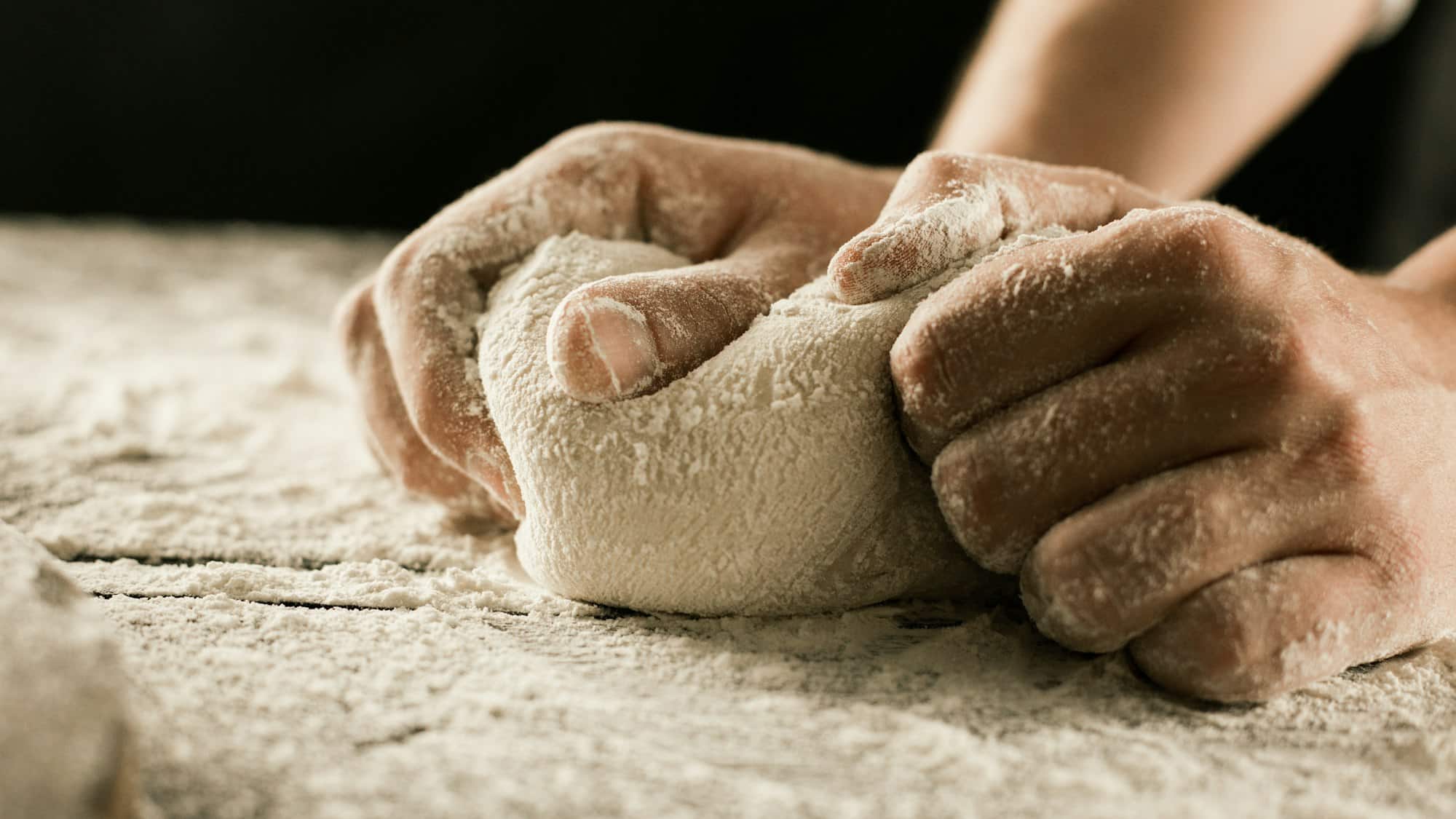The art of baking bread can often feel like a challenging task. However, nothing can match the satisfaction of pulling a fresh, warm loaf of bread from the oven. The enticing smell, the crispy crust, the soft, fluffy interior – it’s a sensory delight that’s hard to resist. Today, we’re going to guide you on how to craft the perfect French boule bread with a crispy crust. This is a simple, yet indulgent pleasure, that you can easily recreate at home. We’ll take you through the process step by step, offering expert tips and tricks along the way.
Gathering the Right Ingredients
Before we begin with the actual baking process, we first need to gather the right ingredients. The beauty of French boule bread lies in its simplicity. But this also means that the quality of each ingredient drastically impacts the final result. For a standard loaf of French boule, you will need the following:
A lire en complément : Can You Make a Gourmet Olive Tapenade with Mediterranean Flavors at Home?
- 500 grams of strong white bread flour
- 1 to 2 teaspoons of fine sea salt
- 1 tablespoon of instant yeast
- Around 350 ml of water
You can also consider including optional ingredients like a little sugar or olive oil for extra flavor. However, for a traditional boule, these four ingredients are all that you need.
The Art of Kneading
Kneading may seem like a simple step, but it’s incredibly important when it comes to achieving the perfect texture for your French boule bread. During kneading, the gluten in the flour starts developing, which gives the bread its structure and that wonderful, chewy texture.
A découvrir également : What’s the Key to Perfectly Creamy Greek Tzatziki with Homemade Yogurt?
To knead the dough, start by gradually adding water to your flour, salt, and yeast mixture. Once the dough comes together, start working it on a lightly floured surface. You want to push, pull, and fold the dough repeatedly until it becomes smooth and elastic. This usually takes about 10 minutes.
Remember, the dough should be a little sticky to the touch. It might be tempting to add more flour, but resist the urge. Too much flour can make the dough tough and dry.
First Proofing: Patience is Key
After kneading the dough, the next step is to let it rise, or ‘proof’. This is an essential step in bread baking, as this is when the yeast ferments the dough, creating carbon dioxide gas which makes the bread rise and gives it its airy texture.
To proof the dough, place it in a lightly oiled bowl, cover it with a damp cloth, and let it sit in a warm place for about an hour or until it doubles in size. This is your first proofing.
Remember, proofing is not a step where you can cut corners. The dough needs a good amount of time to rise and develop flavor. Rushing this step can result in a dense, flavorless loaf.
Shaping the Boule: Mastering the Technique
Shaping the dough into a boule – which is French for ‘ball’ – is not as daunting as it sounds. After the first proofing, gently deflate the dough on a lightly floured surface and fold the edges towards the center. Then, flip the dough over so that the seam side is down.
To shape the dough, cup your hands around it and use a circular motion to create tension on the surface. This process helps in forming the classic round shape of the boule and also contributes to a better rise during baking.
Second Proofing and Baking: The Final Stage
After shaping the dough, it’s time for the second proofing. Place the dough seam side down on a lightly floured baking sheet, cover it with a damp cloth, and let it rise for another hour.
Once the dough has risen, it’s time to bake. Preheat your oven to 220°C (425°F). Make a few slashes on top of the dough with a sharp knife – this not only adds to the aesthetic appeal of the bread but also allows it to expand during baking.
Bake the bread for about 30-35 minutes or until it’s golden brown and sounds hollow when tapped on the bottom. That’s the sign of a perfectly baked French boule with a crispy crust!
Remember, bread baking is as much an art as it is a science. The more you practice, the more you’ll understand how different factors like kneading, proofing, and baking times affect the final product. Don’t be disheartened if your first few attempts don’t turn out perfect – with patience and perseverance, you’ll soon be crafting the perfect French boule bread with a crispy crust!
Troubleshooting Common Problems
Baking bread is truly an art and practice makes perfect. However, sometimes even with careful preparation and following instructions, the bread may not turn out as expected. Let’s go through some common problems and possible solutions.
Firstly, if your bread didn’t rise properly, it could be due to inactive yeast. Yeast is a living organism and it can lose its effectiveness over time or when stored improperly. Always check the expiry date on your yeast package before using it. Another reason could be that the dough was not proofed in the right conditions. Yeast needs a warm and humid environment to activate, so ensure your dough is kept in such conditions during proofing.
Secondly, if your bread has a dense or heavy texture, it could be because the dough was either under-kneaded or over-kneaded. Under-kneading means the gluten didn’t develop optimally, while over-kneading can break down the gluten structure. Both scenarios can result in a less airy crumb, which is not desirable for French boule bread.
Lastly, if the crust is not crispy enough, it could be because of insufficient baking time or temperature. Baking at a high temperature allows a nice, crispy crust to form, and the hollow sound when tapping the bottom of the bread indicates it’s properly baked. If the crust is too soft, try increasing the oven temperature or extending the baking time for your next loaf.
Conclusion: The Reward of Baking Your Own French Boule Bread
The process of baking your own French boule bread can be a gratifying experience. From gathering high-quality ingredients to patiently kneading and proofing the dough, each step contributes to creating a loaf of bread that not only tastes delicious, but also fills your home with a warm and inviting aroma.
The French boule bread, with its crispy crust and soft, airy interior, is a versatile bread that can be used in many ways. It can be sliced for sandwiches, torn into chunks for dipping into soups, or simply enjoyed with a smear of butter. And the satisfaction of baking it yourself cannot be matched by store-bought bread.
In conclusion, baking the perfect French boule bread with a crispy crust may seem challenging at first, but with the right ingredients, careful technique, and a bit of practice, you’ll likely find it’s a rewarding process that yields delicious results. Remember, patience and perseverance are key in the art of bread baking. So keep practicing and perfecting your technique until you achieve the perfect loaf. Happy baking!











